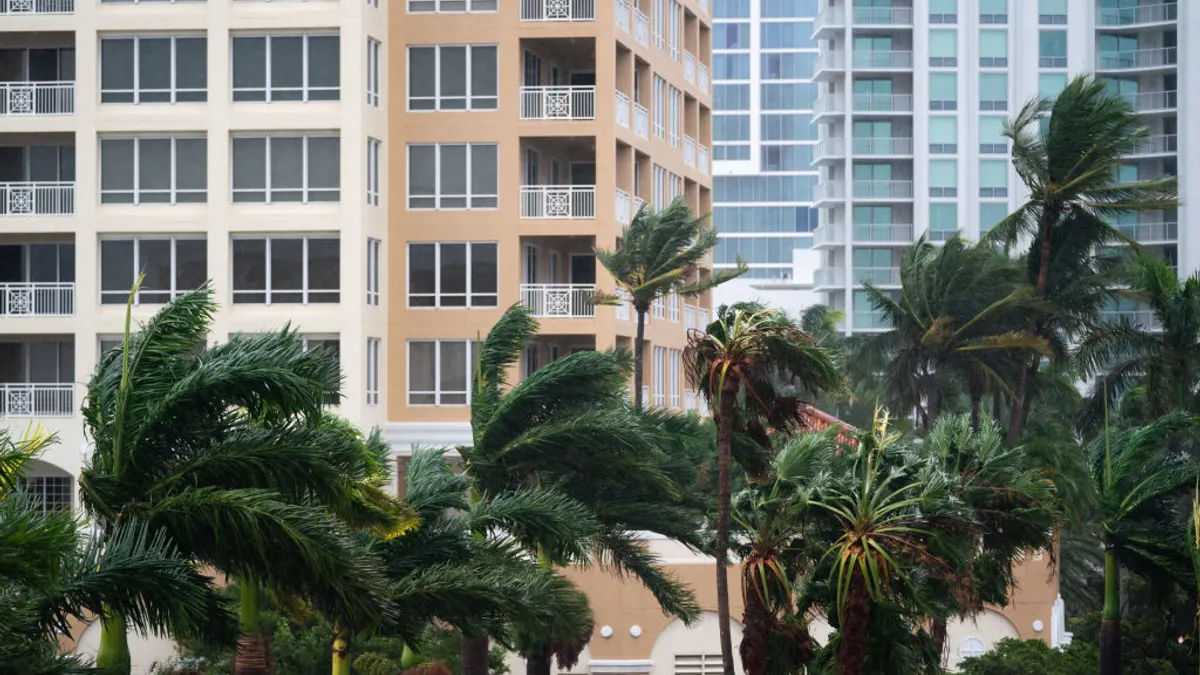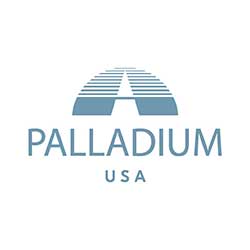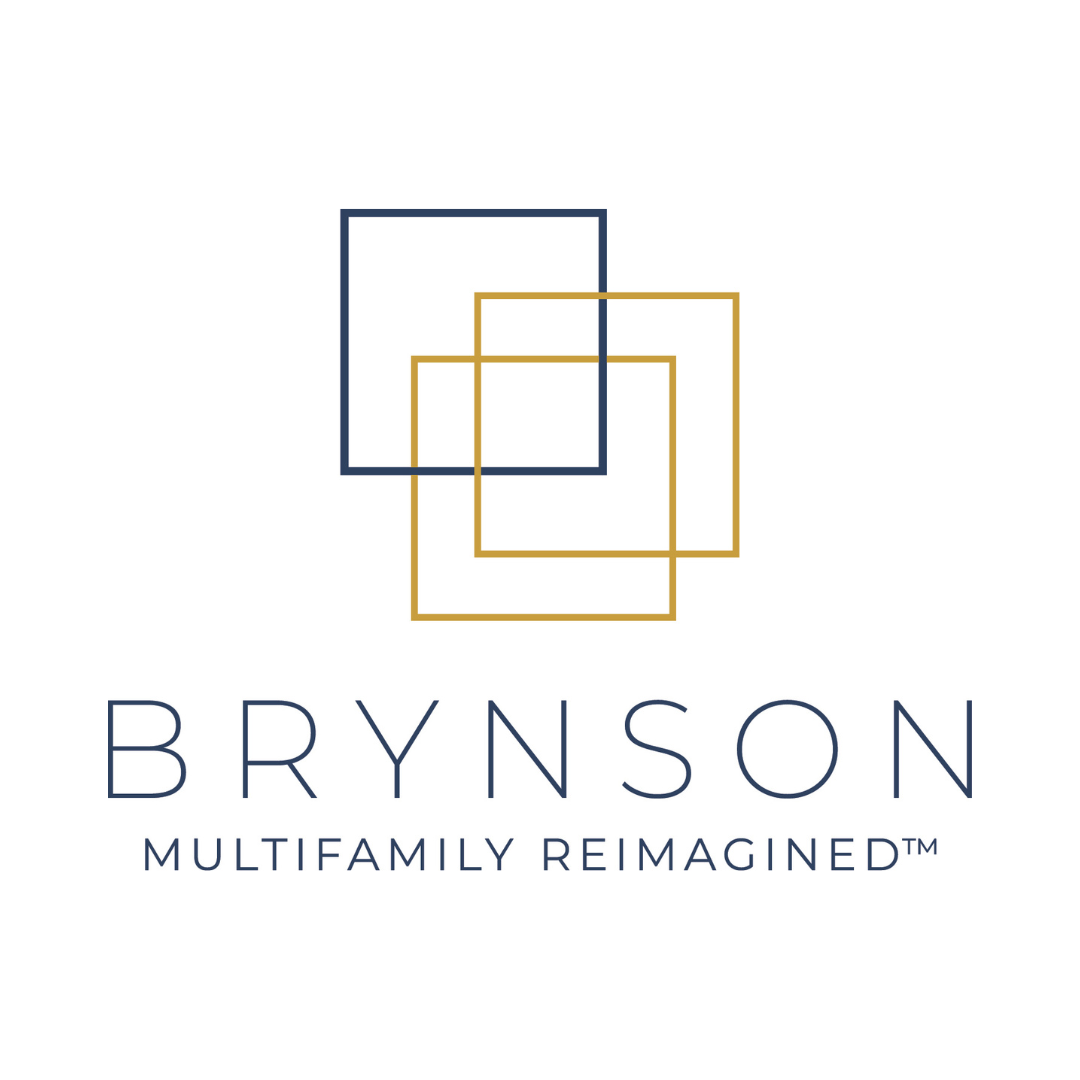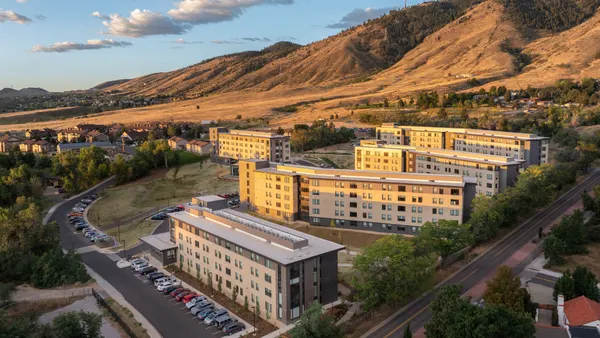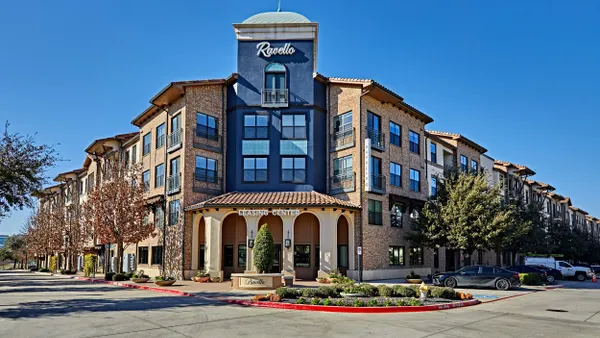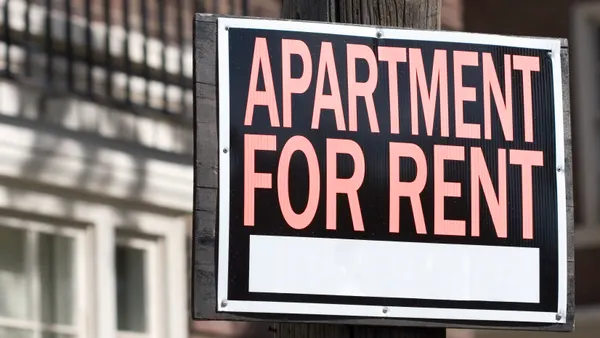Amy Groff is the chief operating officer at the National Apartment Association and has been in the real estate industry for over 25 years. Opinions are the author’s own.
This year, someone’s apartment — a cozy home shared by family or friends — could be impacted by a hurricane. Another family’s dream rental property, proudly purchased after 15 years of saving and sacrifice, may be torn apart.
The rise in natural disasters is undeniable. The World Meteorological Organization reports a fivefold increase in weather-related disasters over the past 50 years, with more frequent and intense events expected in the years ahead.
For housing providers, few events are more financially devastating than hurricanes.

Insurance costs are driven largely by these disasters, and the financial pressures have been mounting. A recent LendingTree analysis found that U.S. homeowners' insurance rates have climbed about 40% over the past six years. While there has been some slight stabilization this year, the cyclical nature of the market means that another severe hurricane season could send premiums soaring once again.
In the chaos that follows natural disasters, the instinct is often to focus on rebuilding what has been broken. But for those of us in the rental housing industry, true preparedness starts long before a storm makes landfall. With insurance premiums already elevated by past disasters, proactive risk management, regular policy reviews and the adoption of new technologies are essential tools to protect properties and control costs.
Taking steps to prepare
Maintaining safe properties is the first step. Owners and operators should work closely with insurance brokers to understand the actions that can reduce risk and lower premiums. That means making sure roofs are in good repair, outdoor lighting is functional, landscaping is maintained and security cameras are in place.
Technology can also play an increasingly important role. AI-enabled cameras that send automatic alerts or water leak detection systems can help prevent small issues from becoming large, costly claims. Beyond the physical upgrades, digital tools that document and share mitigation efforts with insurance brokers can strengthen our position when policies are up for renewal.
Equally important is taking the time to understand our insurance policies. It is simply not enough to purchase a plan and forget it. Deductibles, coverage levels and property valuations should be reviewed annually to ensure that protection keeps pace with rising replacement costs and market shifts.
Finally, preparation is key. When a hurricane or other disaster looms, housing providers must have clear plans in place. Securing outdoor furniture and rooftops, ensuring lighting is operational and communicating directly with residents about emergency procedures and evacuation protocols can make all the difference when seconds matter.
A threat to business
Taken together, these measures form a holistic approach to risk management. As natural disasters become more frequent and intense, housing providers must embed preparedness into the fabric of their business planning. Rising insurance costs are not just a financial issue for owners and operators; they ripple outward, threatening housing affordability and community stability.
A Milken Institute study found that 65% of small businesses close within a year of a natural disaster, often because recovery costs and insurance burdens are overwhelming. For housing providers, those closures can mean fewer homes rebuilt, more vacancies and greater pressure on families already struggling to find affordable housing.
As we mark the height of hurricane season this autumn, I urge my colleagues across the housing industry to take preparedness seriously. By investing in risk management, strengthening our properties, and working hand in hand with insurance partners, we can better protect our residents and ensure that safe, affordable housing remains available — even in the face of the storms to come.


